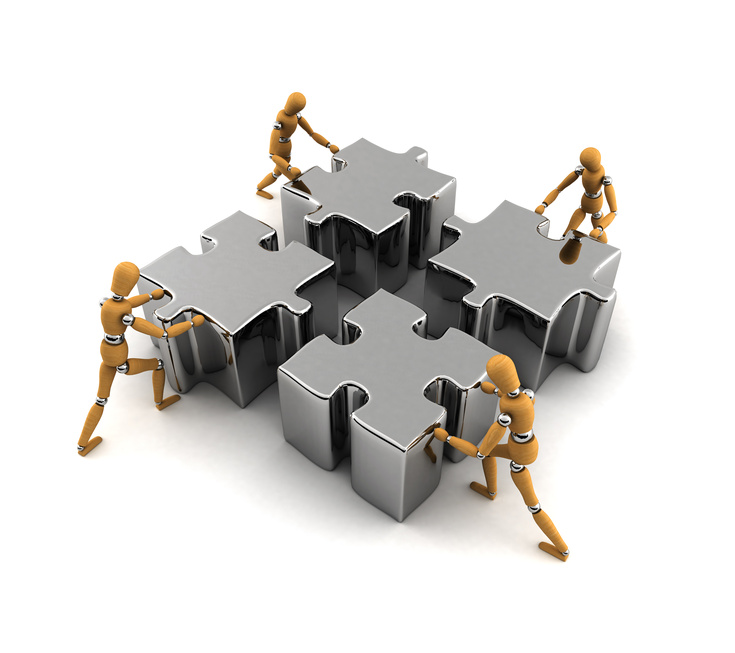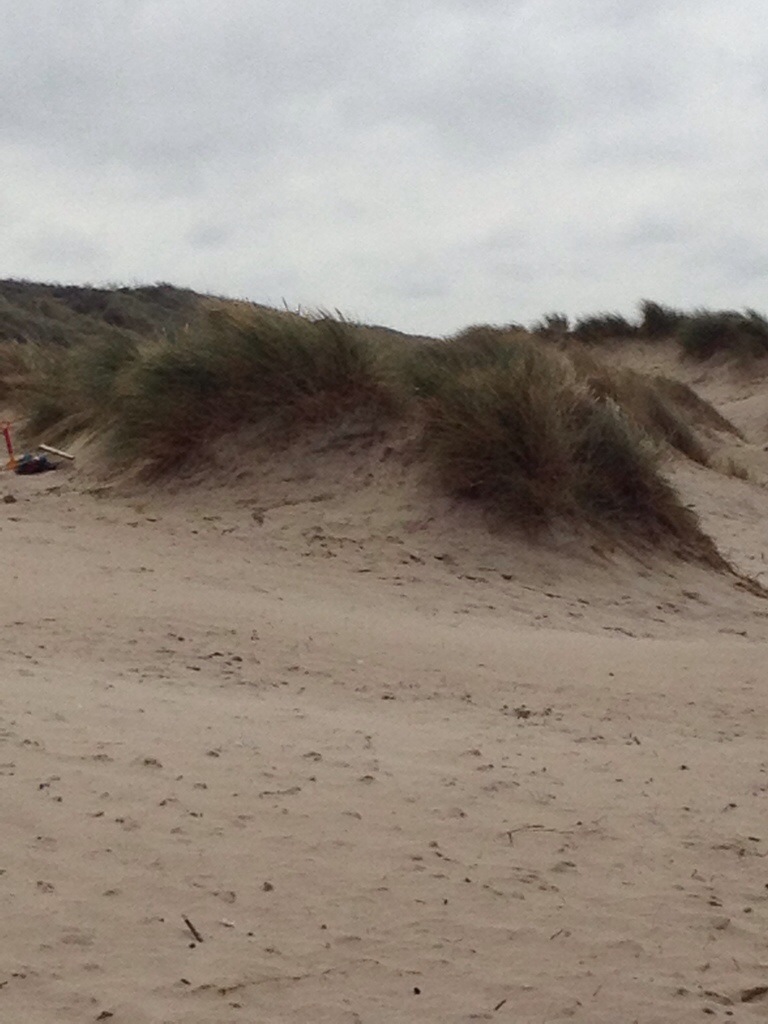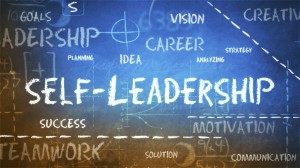What you see determines how you interpret the world, which in turn influences what you expect of the world and how you expect the story of your life to unfold.
Tag: Leadership Development
Mindful Leadership and VUCA
 Do you know what VUCA means? No? Well, not so long ago, I didn’t either, rest assured!
Do you know what VUCA means? No? Well, not so long ago, I didn’t either, rest assured!
Apparently, as Dan Goleman puts it: “The only certainty about tomorrow’s business reality is that it will be “VUCA”: volatile, uncertain, complex and ambiguous. As the world changes, so do the abilities leaders will need. Yet there is a specific skill set that will match the demands of such a reality.”
The common usage of the term “VUCA” already began in the 1990s and derives from military vocabulary. Subsequently, it has turned into a corporate buzzword used in strategic leadership and elsewhere.
One thing is for sure though: leaders need some sort of tools and training to counteract the effects of 24/7 connectivity, multitasking and information overload!
Excellent leadership is not only a win for an organization but also a win for employees and for the community as a whole. As our actions (positive and negative) as a leader affect others, being mindful about how we lead should be the way forward.
According Janice Marturano in her book “Finding the space to lead”, Mindful Leadership is:
- The ability to connect (to self and others) and also to the community (being able to see the bigger picture and not to get caught up by one single objective)
- The ability to skillfully initiate or guide change:
- By collaborating and listening
- With open curiosity and with the
- Willingness to live within ambiguity until a decision becomes clear.
Are you ready to embrace the business reality of the 21st century? Let me know if I can help you develop the skills to simply accept VUCA and take it as an opportunity rather than a threat!
Jenny
For a good start into the weekend!
“A human being … experiences himself, his thoughts and feelings, as something separate from the rest–a kind of optical illusion of consciousness. This delusion is a kind of prison for us, restricting us to our personal desires and affection for a few persons nearest to us. Our task must be to free ourselves from this prison by widening the circle of understanding and compassion to embrace all living creatures and the whole of nature in its beauty.” – Albert Einstein
Are you able to let go of your fears?
I just watched an extremely powerful TEDx San Diego talk of Koelle Simpson, the horse whisperer… amazing how she describes her work with horses and draws the parallel to empathy, compassion and mindful leadership. I always heard that learning and working with horses can be a great experience but this talk really brings it to the point: by letting go of your own fears and by simply listening to your intuition and being yourself, people around you will start mirroring what you are doing and and how you are behaving because this is how we are build, neurologically speaking. You always hear “walk the talk” but this TEDx talk, powerfully shows, how true this actually is… Enjoy watching and let me know how you felt!
Jenny
Strategy: an important ingredient to success!
 Many people I worked with or met, be it in the NGO world or in corporations, kept asking why time should be lost writing or even thinking about strategies: nobody ever reads them and sooner rather than later if not directly, they will find their way to the bin. The simple answer is that most of the people simply don’t understand what a strategy is and what it does. Not only is a strategy an ideal way to put your thoughts into a structured framework and to make them more tangible; no, it also gives you a powerful tool at hand that will help you sell your ideas and plans in a professional and successful manner. In addition, it will also enable you to measure whether you have reached your objectives and how or if you need to adjust your measures and tools.
Many people I worked with or met, be it in the NGO world or in corporations, kept asking why time should be lost writing or even thinking about strategies: nobody ever reads them and sooner rather than later if not directly, they will find their way to the bin. The simple answer is that most of the people simply don’t understand what a strategy is and what it does. Not only is a strategy an ideal way to put your thoughts into a structured framework and to make them more tangible; no, it also gives you a powerful tool at hand that will help you sell your ideas and plans in a professional and successful manner. In addition, it will also enable you to measure whether you have reached your objectives and how or if you need to adjust your measures and tools.
If you don’t know where you are going, how do you know when you get there?
Let me explain this to you: imagine you are asked to drive a new product launch and all you have are highly interesting and valid but loosely tied bits and pieces of your product managers, your marketing people and your engineers. How are you going to convince your customers – let alone your internal stakeholders who are first on the list – of the added value of your product if there is no thread, no thoroughly reflected and grounded path and no story?
Or how are you going to convince external donors and stakeholders to give to your organisation/association or to become active volunteers/members if you cannot show them where you are heading and what you have achieved so far and will in the future.
Well, I think it will be difficult…
Even if every single milestone you think of while writing your strategy, will confront you inevitably with new questions, issues and problems, it will only allow you to dig deeper in order to find out the true value proposition, goal or objective that will create the ‘wow’ effect in your customer’s or stakeholder’s eyes. So yes, time consuming it is, but in the end, the outcome rewards all efforts!
Let’s take a quick look at how a strategic document could be structured (only general categories are reproduced here, in practice, many more can be added of course):
1. Current Situation/Background
2. Alignment to Global or Segment Strategy
4. General Objectives (qualitative/quantitative)
3. Specific Objectives
- Long-term objectives (could be external or internal)
- Short-term objectives (could be external or internal)
4. Target Markets and Audiences
5. Analysis of competition (how are they positioned, how do they communicate?); yes, this is very important for NGOs and Associations too!
6. Communication Plan (including the appropriate communication vehicles and key messages)
7. Evaluating Success
8. Tactical calendar
9. Budget
If you follow this simple guideline involving if possible your managers, peers and other important partners within your organisation in the thought process (this obviously includes summarizing and structuring what you have received from your colleagues or reaching out to them), you will have all the pre-requisites for a successful launch, thought process, road-map, introduction or campaign. Not only will you generate the buzz and buy-in you need internally to get things done, but your external appearance on the market and with your various audiences will be a true experience and hence a success.
Let me know if you need some input for streamlining your thoughts or creatively brainstorming on the way forward. Having led many initiatives (locally and internationally) and written many strategic documents and guidelines for various industries and organisations, I am sure that I will be able to help you too!
Have an excellent start in the new week, Jenny
7 main catalysts that impact people’s work
Today, I would like to introduce you to 7 catalysts that – according to T. Amabile and S. Kramer – have a major impact on people’s emotions, perceptions and motivations as well as on the particular tasks they are performing. These catalysts are certainly not new to you, but I thought that spelling them out again and listing them here would certainly help you remember what makes people thrill, especially when you are leading a team/teams.
1) Setting clear goals: people need to know where they are heading and setting up milestones along the way, will make them feel the progress on the way
2) Allowing autonomy: Stimulate people’s creativity and intrinsic motivation by providing them the freedom – to a certain extent – of taking decisions themselves.
3) Providing resources: All successful projects need the right resources; many times, I have seen the attainment of goals fail as access to adequate resources was not given or hindered.
4) Giving enough time: Studies have indeed shown that no pressure and too much pressure over time are both hampering achievement. You don’t want your employees to be burnt out, but you don’t want them to be bored either; low to moderate time pressure seems to be the optimum here.
5) Help: In today’s complex and matrixed organizations, people need help from various colleagues as they cannot possible know everything that is needed for the successful completion of a task, project or program.
6) Learning from problems and success: If your organization has a ‘safe’ climate and culture, people will take risks and be innovative. Set-backs need to be openly analyzed whereas successes – even small ones – celebrated.
7) Allowing ideas to flow: Mindfully listen to what your employees are saying, engage in dialogue and encourage discussions/debates. Truly creative ideas will come out and people will feel extremely motivated as they are perceiving that they are an active part of the progress on the path to successful accomplishment.
It sounds easier than it is, I agree! Maybe you want to print this out and pin it over your desk so that you can see it everyday… sometimes, the most simple things are those with the strongest impact!
Jenny
Excellent process awareness and team building tool
 Yesterday, I had the pleasure of being introduced to a fun tool during a team building exercise, called “Lutts, Mipps & Wors”. As I thought this tool was really fun and could be very helpful in an environment where you need to develop:
Yesterday, I had the pleasure of being introduced to a fun tool during a team building exercise, called “Lutts, Mipps & Wors”. As I thought this tool was really fun and could be very helpful in an environment where you need to develop:
- process awareness,
- problem solving, and
- teamwork skills
I am introducing it to you now. Whereas the exercise might seem fairly simple as such, the difficulty actually lies in understanding what you need to do as the units of measurement are not expressed in a way you are used to.
The task reads as follows: A man drives from city A to city B, then to C, and then to D. The objective is to calculate how long it takes him, in units of wors.
There are 26 data cards which contain elements of the required data needed for solving the problem (some are really needed and some not but it is up to the participants to find out!). Cut them out and distribute them evenly to the participants.
There are many ways in which to facilitate this workshop but you could ask your participants to work without putting their respective cards out of their hands (so only one hand is free) and without anybody taking concrete leadership.
Access to a flip chart with markers should be given and in 10 minutes max the right answer needs to be found.
After the exercise, you can lead a discussion of the experience, and highlight various learning points that were involved.
A good guideline for conducting the workshop can be found here.
Have fun and let me know how it went!
Jenny
Take-aways from D. Goleman’s presentation in Lausanne
Yesterday I had the chance to attend Daniel Goleman’s presentation at the IMD in Lausanne. The room was full and people were attentively listening to what was entitled: “How can Global Leaders focus for High Performance”. I had never seen Goleman live before and I must say that it was a very interesting and enriching conference!
Firstly, did you know for example that when somebody says something that hurts you or when you simply receive an email that annoys you, your full bodily reaction is activated (stress hormones being released, muscles ready to run etc.) exactly as if you were fleeing from a predator like in ancient times? The simple thought of a negative event can in fact already trigger that reaction…
Secondly, were you aware that there are three different kinds of empathy[1]?
- Cognitive Empathy (understanding the mental models of people)
- Emotional Empathy (coming from the mirror neurons, feeling physically what another person is feeling)
- Empathic Concern (you not only feel with the person and understand her/him but you are also inclined to help)
Thirdly, also interesting, were Goleman’s explanations around what differentiates a top leader from a “mainstream” one. Not astonishingly, three areas of focus[2] are needed:
- Inner Focus (understand, manage and lead yourself)
- Focus on other people (i.e. empathy, to be able to understand what other people are thinking, feeling, how to communicate with others etc.)
- Focus on other systems (the surrounding parameters, the forces that impact an organization)
Once all three are combined, leaders excel in their tasks and are also perceived by peers and employees to be thriving.
And finally, to my surprise, Goleman even brought a simple mindfulness exercise to the audience, who sat in silence for a while, listening to his voice giving the instructions. What an inspiring moment!
Mindfulness according to him is “fitness for the brain”, training attention and focus. The more it is done, the more the brain changes the way it operates and reacts to stimuli and the better one will also be able to “listen” to the info coming from the gut (the somatic markers).
Bringing mindfulness into the workplace using different formats and tools to deal with difference, furthering not only internal communications, innovation and creativity but also self-awareness and efficiency in teams is what I am focusing on as a consultant/coach/trainer. If you are interested in learning more, I would be very pleased to hear from you!
And to end with a really nice old eskimo proverb that my mindfulness teacher brought to my attention yesterday and that I found back here:
Yesterday is ashes; tomorrow is wood. Only today does the fire burn brightly
About Mindlessness and Mindfulness
 When reading about mindfulness in the workplace and more “mindful” organizations, have you ever thought about what it meant if somebody is “mindless”?
When reading about mindfulness in the workplace and more “mindful” organizations, have you ever thought about what it meant if somebody is “mindless”?
In her article “A call for mindful leadership” on the HBR Blog Network, Ellen Langer addresses this interesting question. She rightly says:
“When leaders keep everyone in their place with the illusion of knowability and possession of this privileged knowledge[1] the benefit to them is that we ‘obey’ and leaders feel superior. The cost is that they create lemmings. Their mindlessness promotes our own mindlessness which costs us our well being and health. Net result, the leader, the led, and the company all lose.”
I don’t know about you but I have seen many “mindless” people throughout my career. Many are scared of change, scared to look inside themselves and listen to their gut feeling, scared to loose their jobs, in sum: scared of uncertainty and not-knowing what will happen next.
Mindfulness in turn, allows you to live day by day and to deal with threats/take up opportunities as they arise; you are confident and positive as you know yourself and your abilities. As Margaret Wheatley puts it:
“Leaders are so afraid of paradox, so afraid of uncertainty. It takes a lot of bravery even to consider that uncertainty is not a threat, that in fact it’s creative and powerful. “
Or in the words of Ellen Langer:
“By learning how to exploit the power of uncertainty maybe all of us will wake up.”
Are you ready to take up the challenge?





